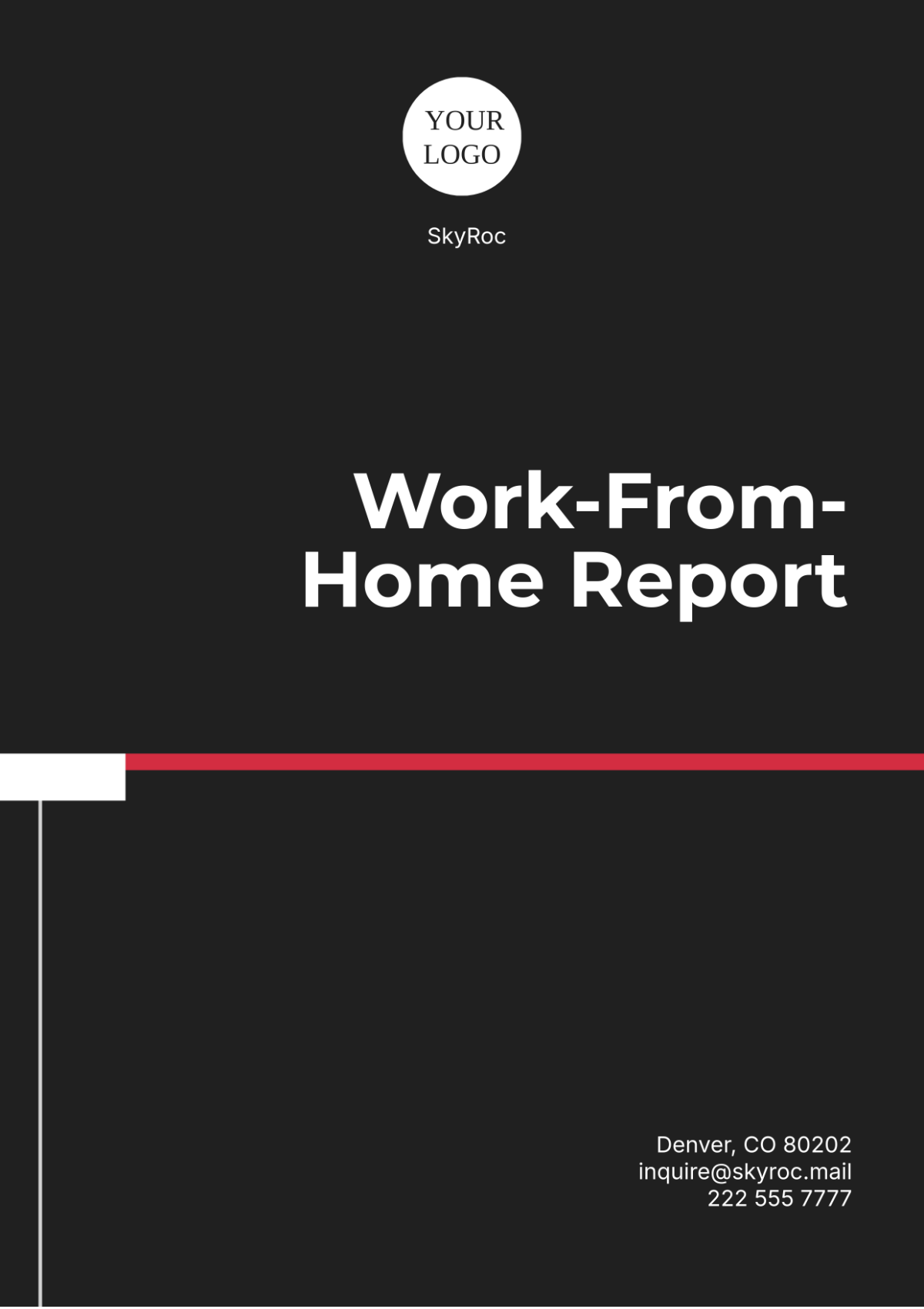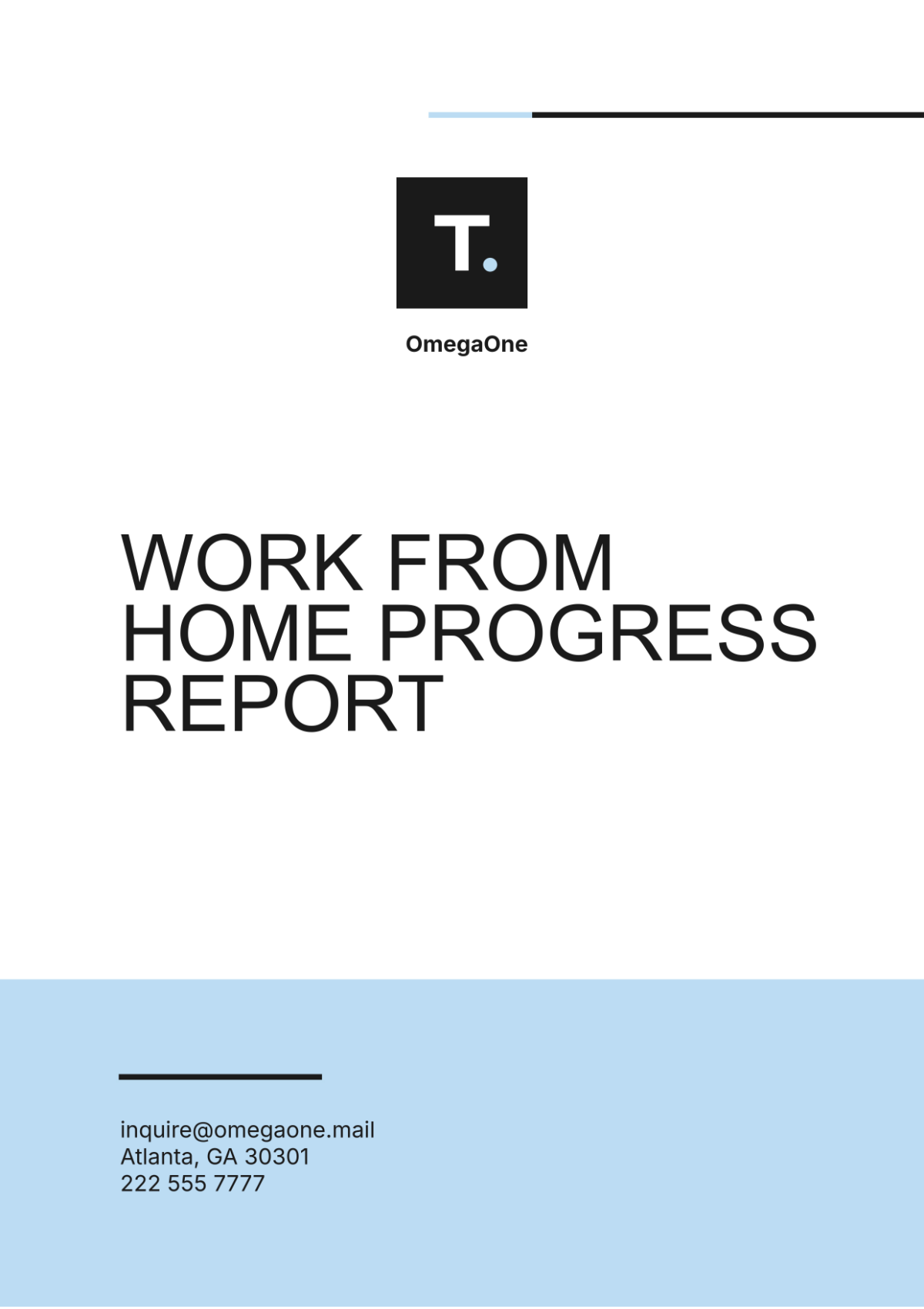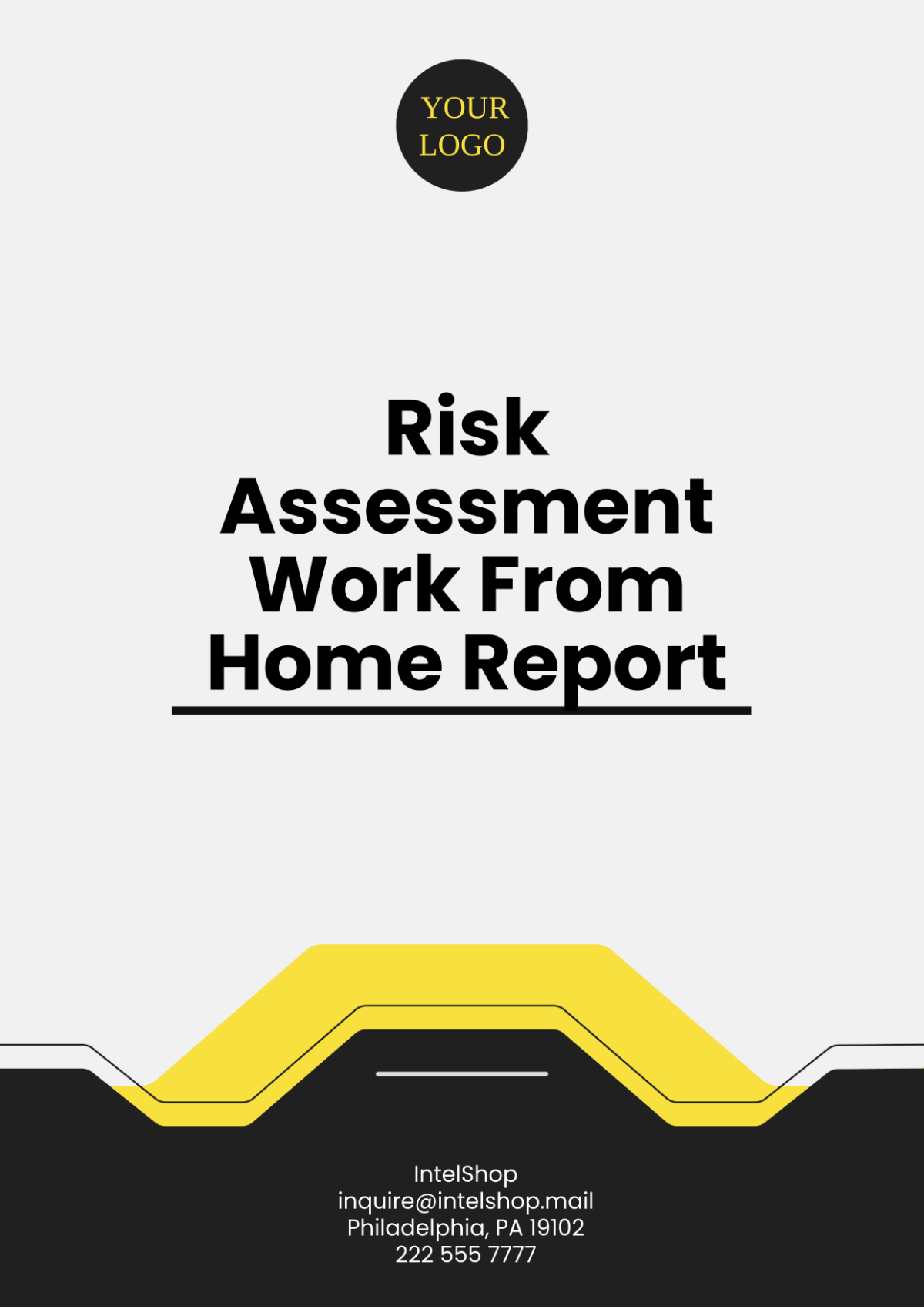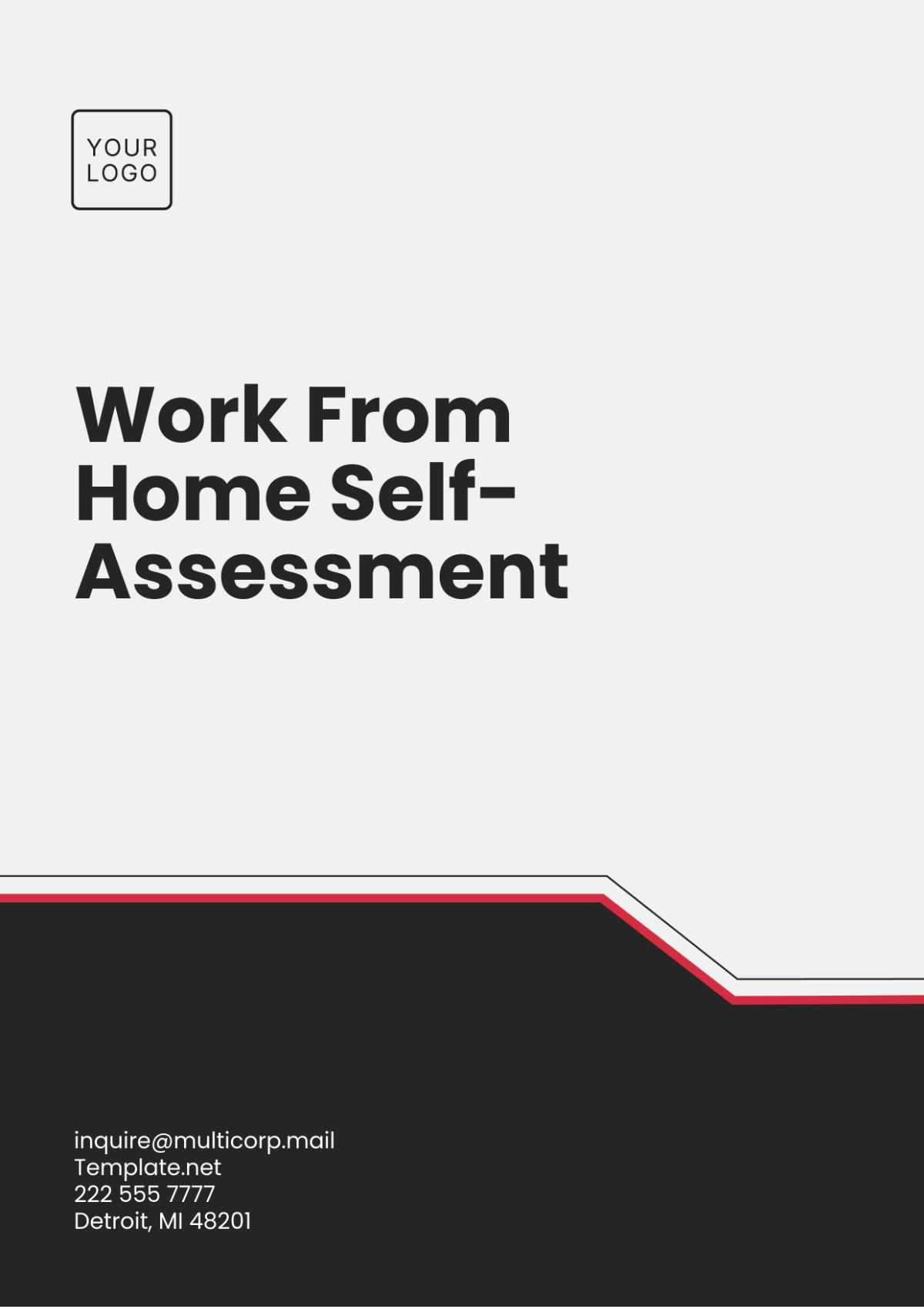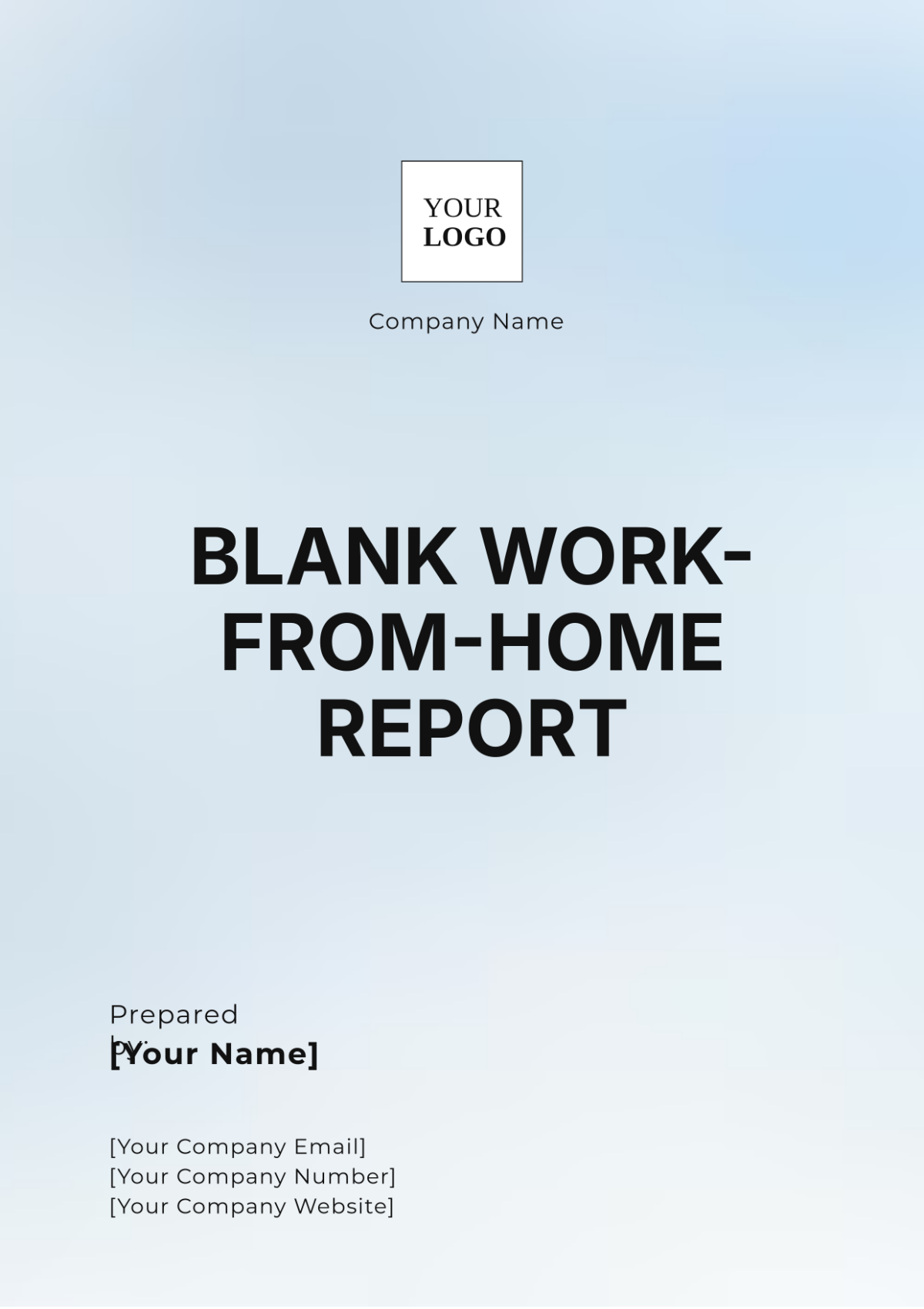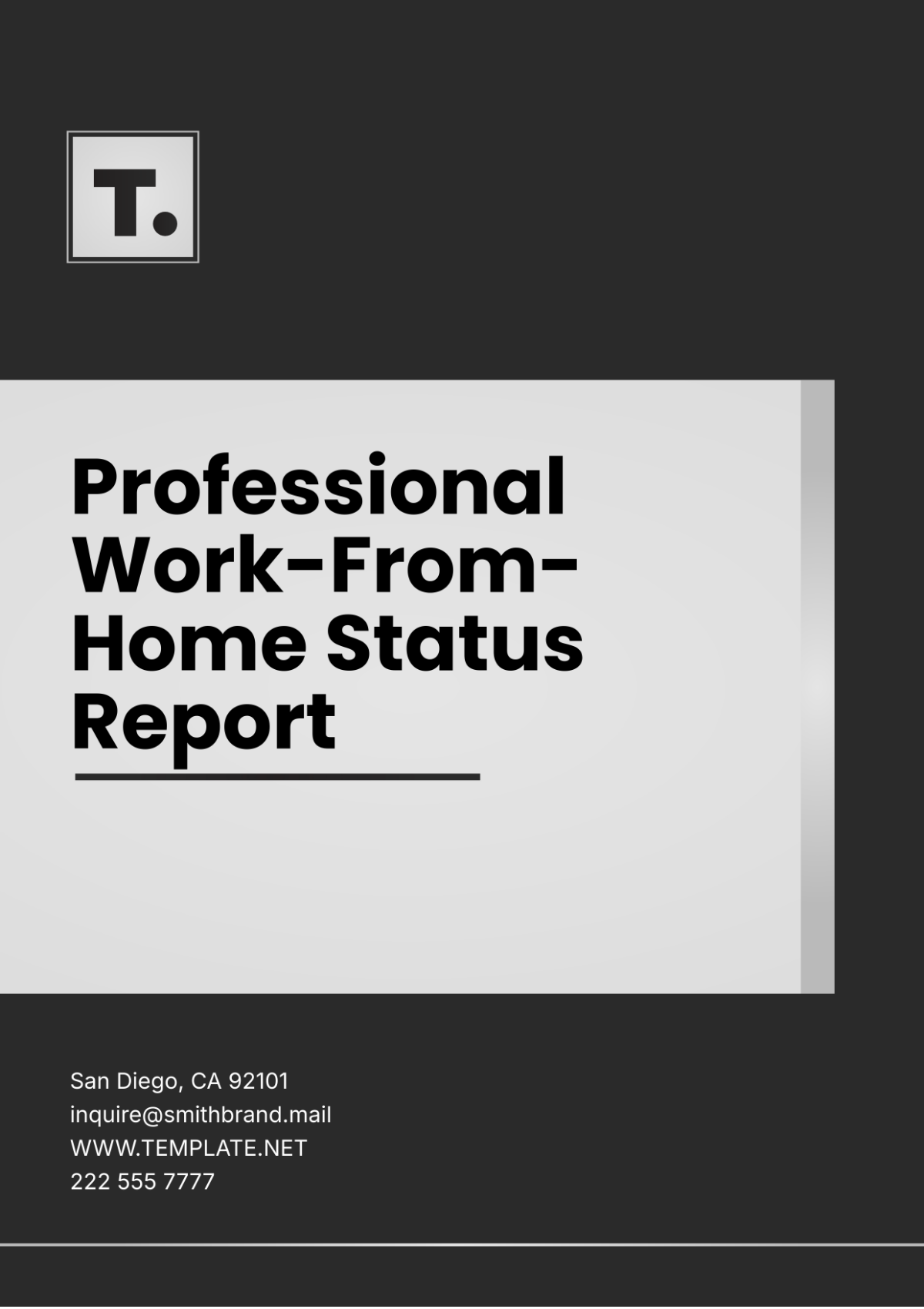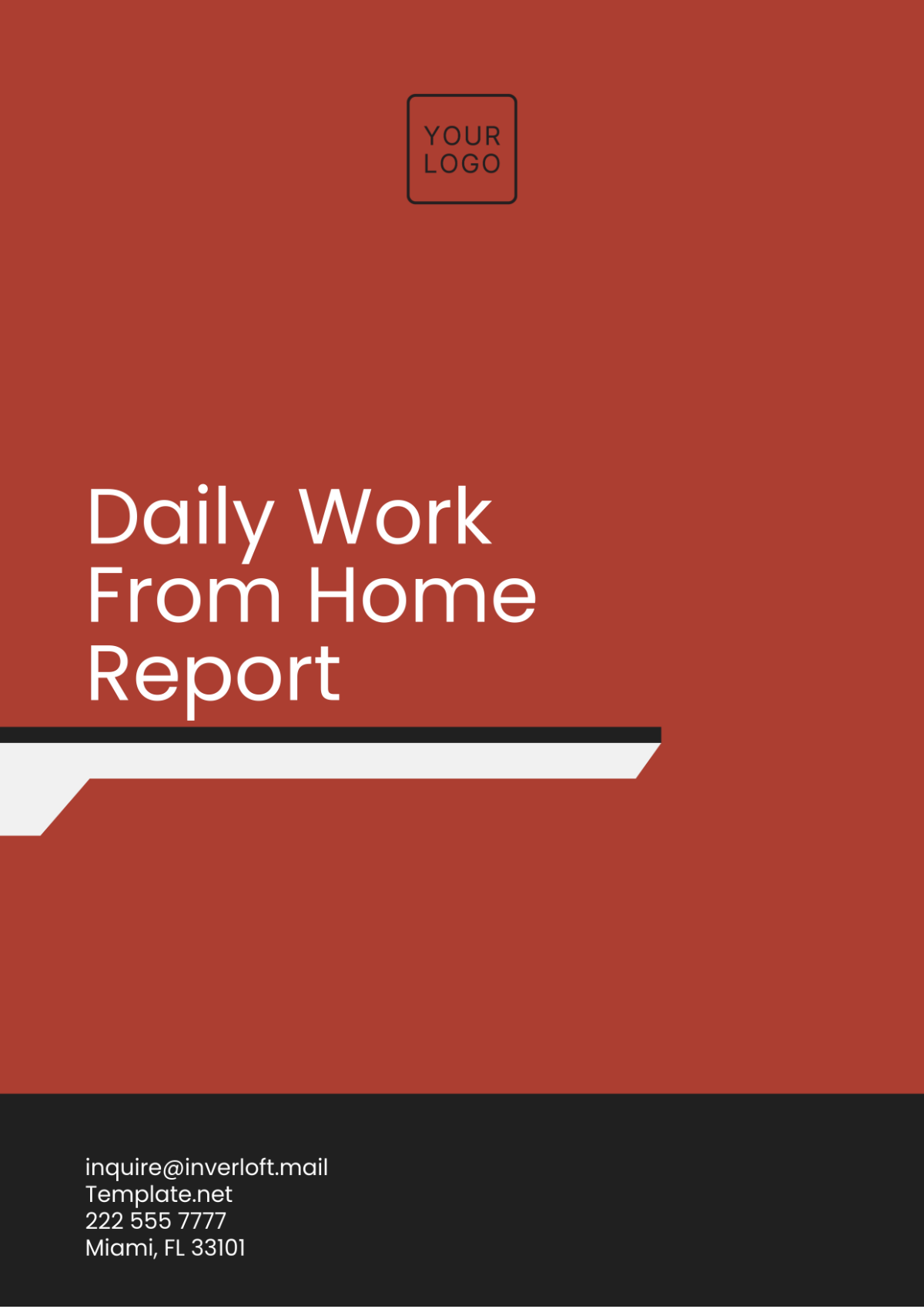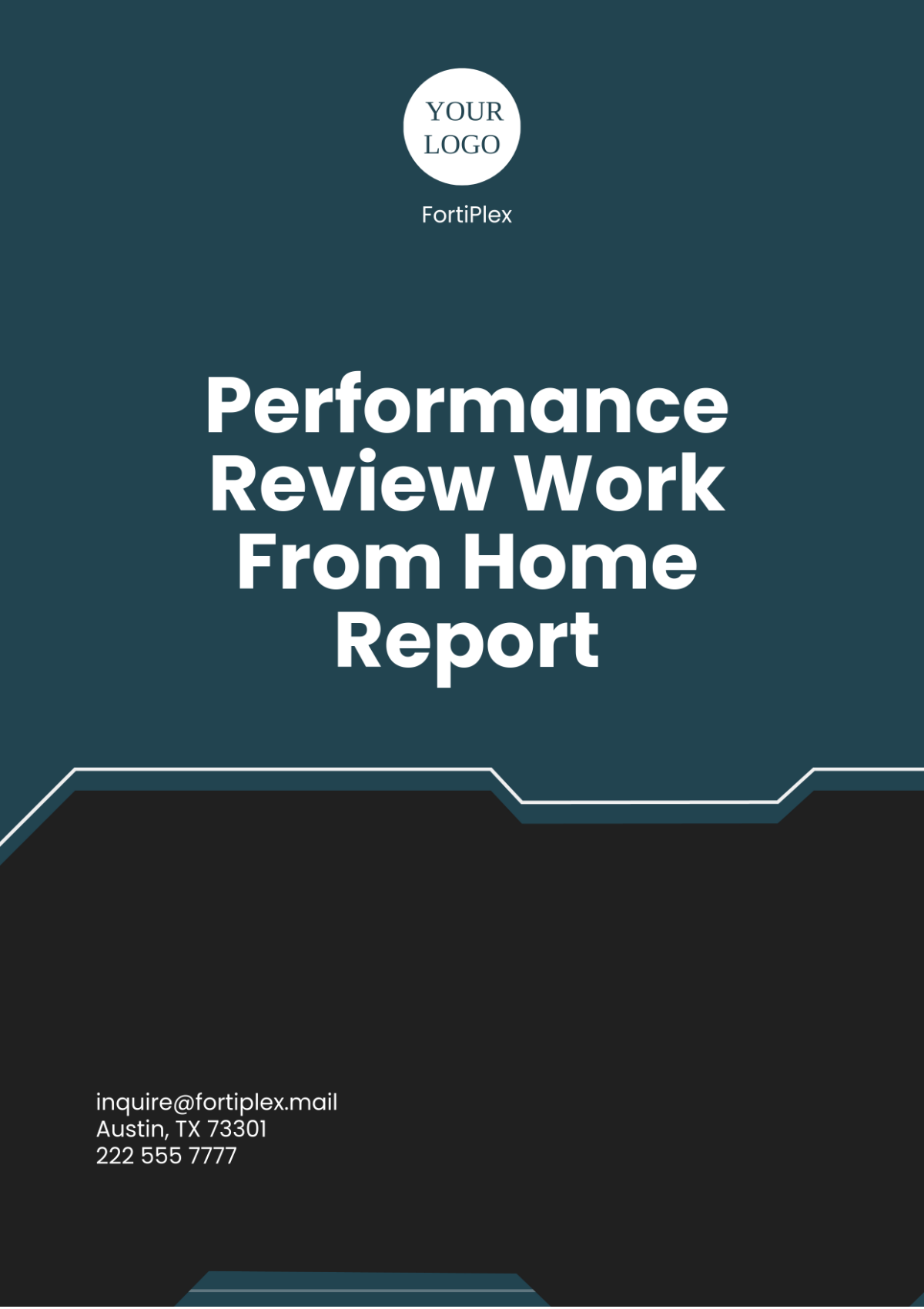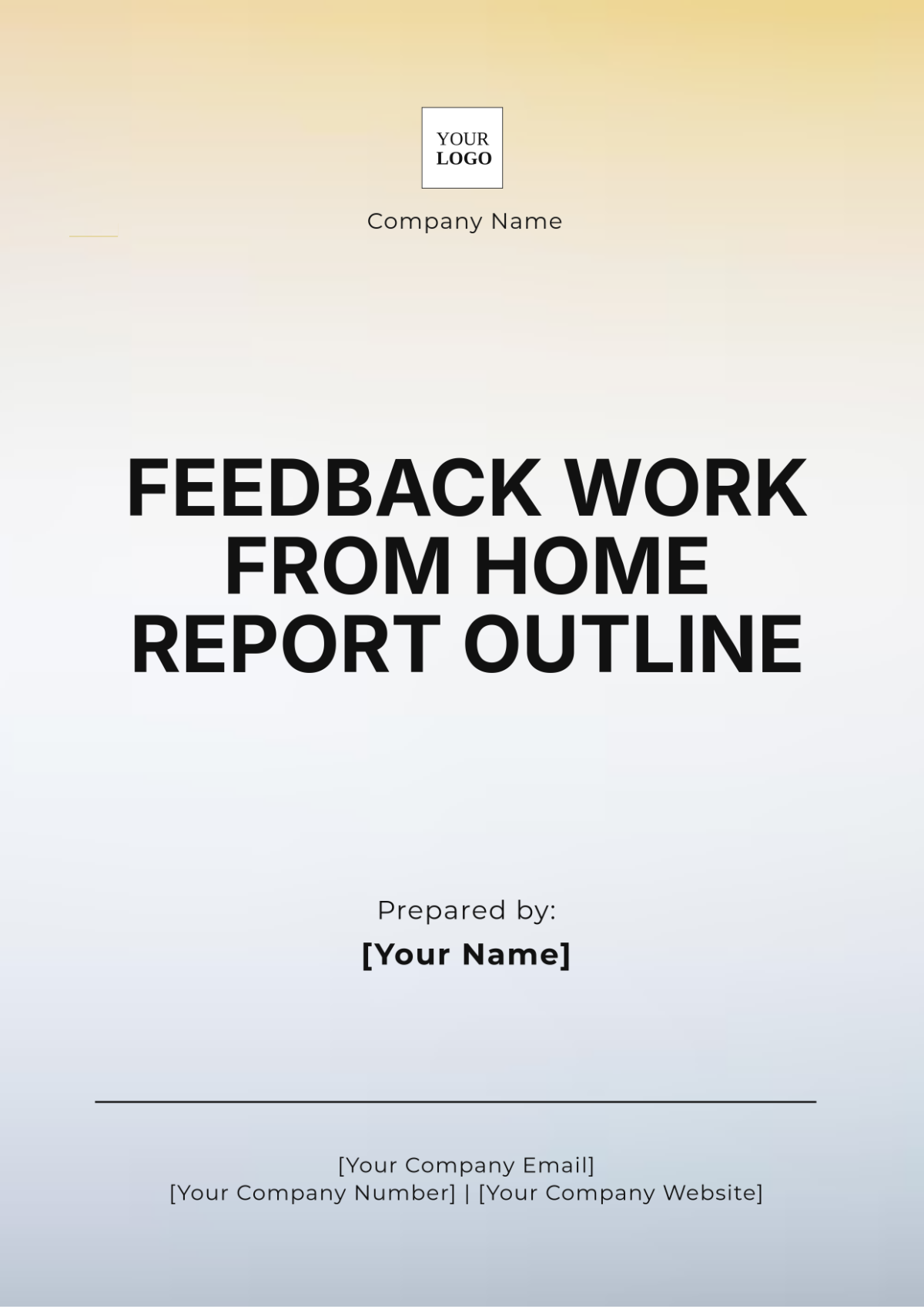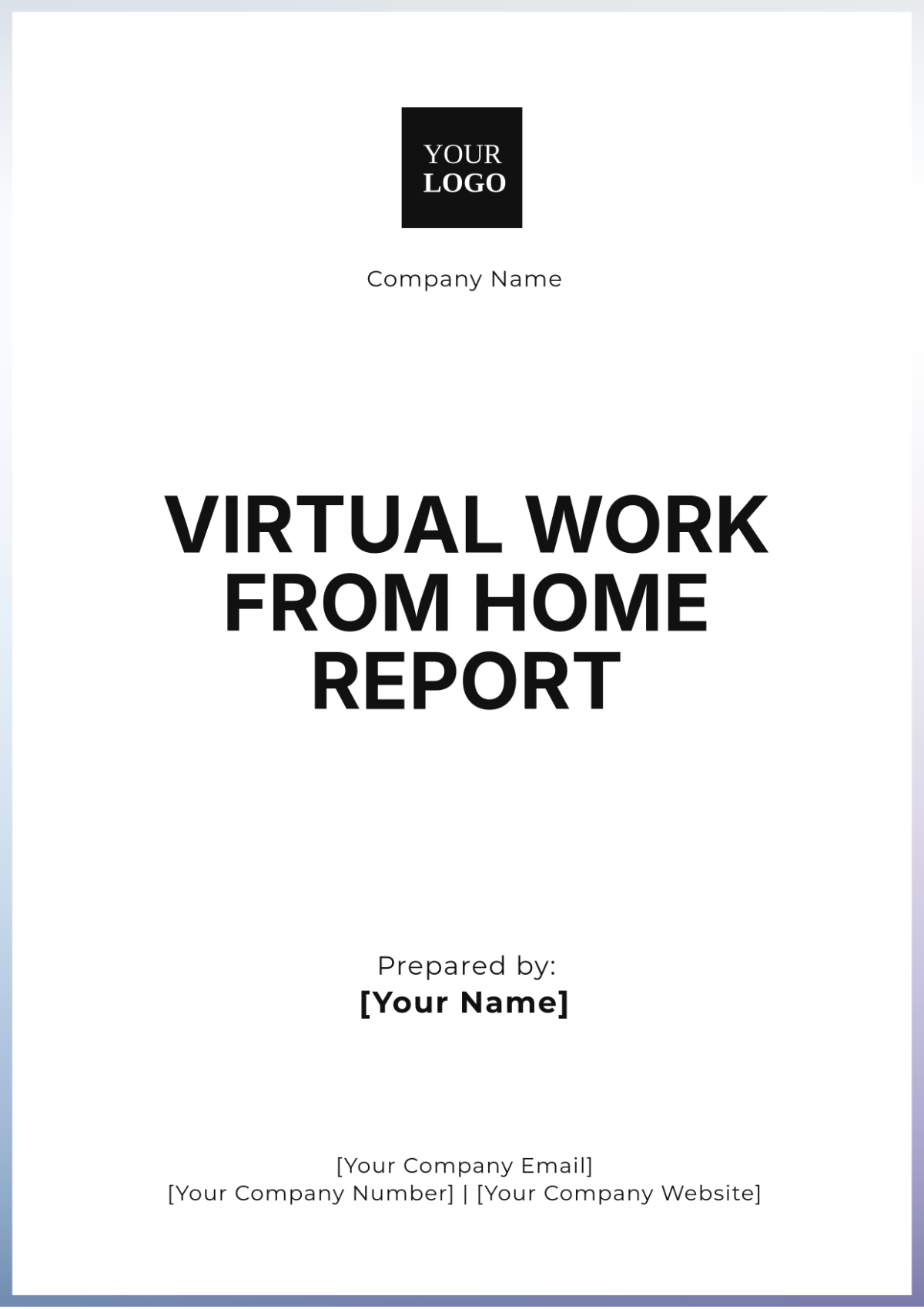Professional Work-From-Home Status Report
I. Overview
The transition to a work-from-home policy has significantly reshaped our organizational structure and daily operations. This report provides a comprehensive overview of the current status, benefits, challenges, and future direction of our remote work setup, highlighting its impact on productivity and employee satisfaction.
II. Current Status
1. Employee Participation
A large portion of our workforce has embraced the work-from-home arrangement, as reflected in the participation rates across various departments:
Department | Number of Employees | Remote Participants | Participation Rate (%) |
|---|---|---|---|
Marketing | 50 | 45 | 90% |
Sales | 40 | 35 | 87.5% |
IT | 60 | 55 | 91.6% |
HR | 30 | 28 | 93.3% |
2. Technical Infrastructure
To accommodate the surge in remote work, substantial enhancements have been made to our technical infrastructure. Key improvements include:
Increased VPN capacity to handle higher traffic volumes.
Enhanced cybersecurity measures to safeguard remote connections.
24/7 IT support for troubleshooting and maintaining system performance for remote employees.
III. Benefits
1. Employee Satisfaction
The shift to remote work has resulted in increased employee satisfaction, largely driven by:
Improved work-life balance because of flexible working hours.
Elimination of commuting, saving time, and reducing stress.
Higher productivity is reported by many employees who find they can concentrate better in their home environments.
2. Cost Savings
Remote work has led to substantial savings in operational costs, notably:
Reduction in office space rental and utilities, as fewer employees are utilizing the physical office.
Decreased travel expenses for employees and executives.
Lower expenditure on on-site amenities, such as office supplies, meals, and maintenance.
IV. Challenges
1. Communication
Effective communication remains a critical challenge in the remote work environment. To mitigate this, we have implemented several strategies:
Regular virtual meetings to maintain team cohesion and ensure project alignment.
Increased use of collaboration tools such as Slack, Microsoft Teams, and Zoom.
Clear and consistent updates from management to ensure transparency and keep employees informed.
2. Work Environment
While many employees appreciate the flexibility of working from home, others face challenges in creating an optimal work environment. Common issues include:
Limited workspace, particularly for employees living in smaller homes or shared spaces.
Distractions from family or other household members.
Lack of ergonomic furniture leads to discomfort and potential health issues.
V. Future Outlook
1. Hybrid Work Model
To balance the benefits of remote and in-office work, the organization is actively considering the implementation of a hybrid work model. This approach would allow employees to split their time between home and the office, offering:
Continued flexibility, allowing employees to work remotely when necessary.
In-person collaboration, fostering teamwork and creativity during office days.
2. Continuous Improvement Initiatives
We are committed to ongoing improvement of the remote work experience through the following measures:
Regular feedback collection from employees to identify and address problems.
Ongoing technical upgrades, including further bolstering of cybersecurity and infrastructure.
Enhanced training programs focused on remote work best practices, ensuring employees remain productive and engaged.
VI. Conclusion
In conclusion, the implementation of the work-from-home policy has yielded positive results, especially in terms of employee satisfaction and cost efficiency. While there are challenges to address, continuous improvements and the potential hybrid model are expected to solidify remote work as a core component of our operational strategy.
